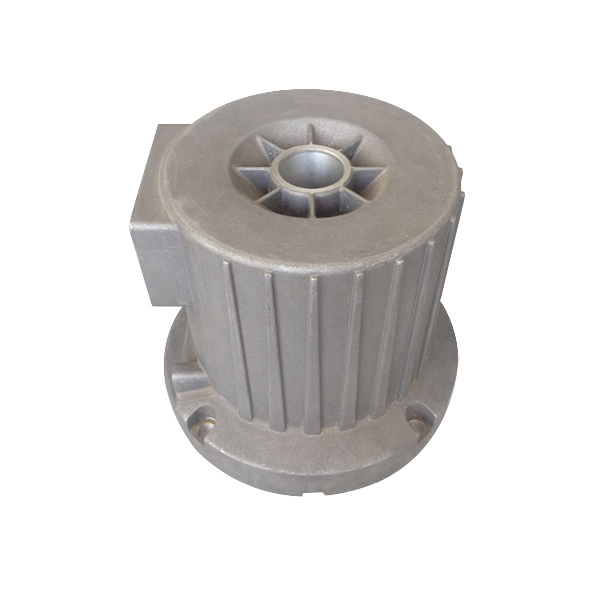Mobile:+86-311-808-126-83
Email:info@ydcastings.com
Different Types of Centrifugal Impellers for Enhanced Fluid Dynamics and Performance
Understanding Centrifugal Impeller Types
Centrifugal impellers are vital components in various mechanical systems, particularly in pumps and compressors. They convert kinetic energy into fluid energy, enabling the movement of liquids and gases. Different types of centrifugal impellers exist, each designed for specific applications, flow rates, and pressure conditions. This article will delve into the various centrifugal impeller types, their designs, and their applications.
1. Open Impellers
Open impellers consist of blades attached to a hub without a rear shroud, allowing for easy passage of the fluid. This design is often used in applications requiring high flow rates with low pressure. Open impellers are commonly found in wastewater treatment plants and irrigation systems, where the fluid may contain solids and debris. The absence of a back shroud reduces the risk of clogging and facilitates maintenance, making these impellers highly practical for such environments.
Closed impellers are characterized by their enclosed design, featuring blades between two shrouds (front and rear). This design enhances the efficiency of fluid transfer and is more effective at achieving high pressures. Closed impellers are widely used in domestic and industrial water pumps, HVAC systems, and various chemical processing applications. Their ability to maintain performance across varying flow conditions makes them a popular choice in applications where pressure stability is crucial.
3. Semi-Open Impellers
Semi-open impellers strike a balance between open and closed designs. They have a shroud on one side but lack a rear shroud, allowing for some fluid bypass while also providing the advantage of increased efficiency compared to open impellers. Semi-open impellers are advantageous in handling liquids that may contain moderate amounts of solids, as they are less prone to clogging than closed impellers while still maintaining better hydraulic efficiency than fully open designs. They are commonly used in applications like slurry pumps and other industrial scenarios where the pumped fluid may not be entirely clean.
centrifugal impeller types

4. Radial Flow Impellers
Radial flow impellers direct the fluid flow outwards from the center of the impeller. This type is known for producing high heads at low flow rates. Radial impellers are used in applications like water supply, pressure boosting, and small-scale hydroelectric installations. Their efficiency at converting mechanical energy into fluid energy makes them a favored option for high-pressure applications, ensuring effective performance without excessive energy consumption.
5. Mixed Flow Impellers
Mixed flow impellers combine characteristics from both radial and axial flow impellers, directing fluid both radially and axially. This unique design allows for a balanced performance, making mixed flow impellers suitable for a wide range of applications. They are commonly found in large-scale pumping systems, such as drainage channels, irrigation, and even in marine applications. Their versatility in handling various flow rates and pressure makes them an invaluable asset in situations requiring flexibility.
6. Axial Flow Impellers
Axial flow impellers work by moving the fluid parallel to the axis of rotation. This design is particularly effective for transferring large volumes of fluid at low head and is primarily used in fans, propellers, and axial flow pumps. The efficiency of axial flow impellers makes them suitable for cooling applications, ventilation systems, and large-scale water transport, where maintaining high flow rates is essential.
Conclusion
The selection of a centrifugal impeller type greatly affects the efficiency and performance of fluid systems. Understanding the different types—open, closed, semi-open, radial flow, mixed flow, and axial flow—enables engineers and designers to make informed choices based on their specific application needs. Whether it’s maximizing flow rates, ensuring high pressure, or accommodating solids in fluid, there is a suitable centrifugal impeller design to meet diverse requirements in industrial and domestic environments. As technology continues to advance, the design and optimization of centrifugal impellers will evolve, further enhancing their performance across various applications.
-
Why Should You Invest in Superior Pump Castings for Your Equipment?NewsJun.09,2025
-
Unlock Performance Potential with Stainless Impellers and Aluminum End CapsNewsJun.09,2025
-
Revolutionize Your Machinery with Superior Cast Iron and Aluminum ComponentsNewsJun.09,2025
-
Revolutionize Fluid Dynamics with Premium Pump ComponentsNewsJun.09,2025
-
Optimizing Industrial Systems with Essential Valve ComponentsNewsJun.09,2025
-
Elevate Grid Efficiency with High-Precision Power CastingsNewsJun.09,2025











